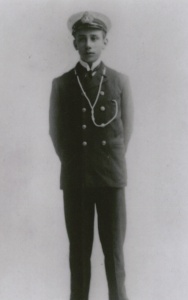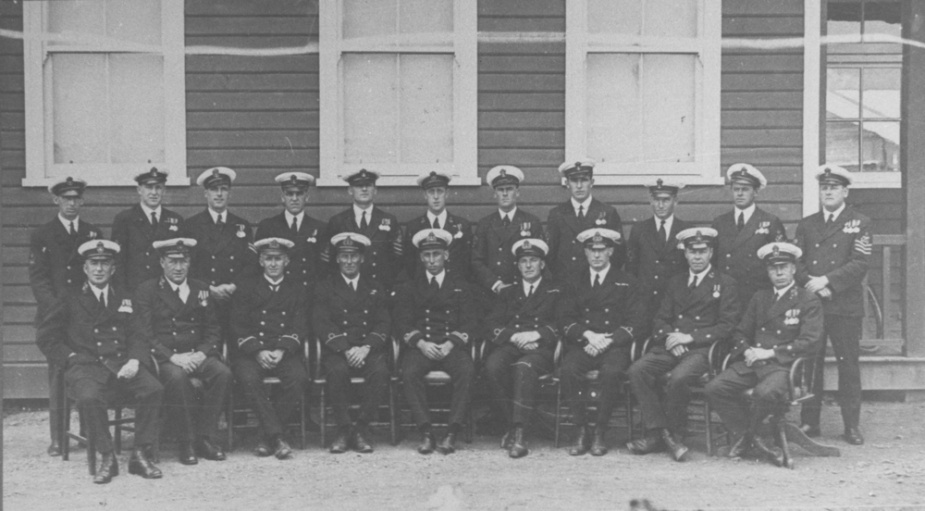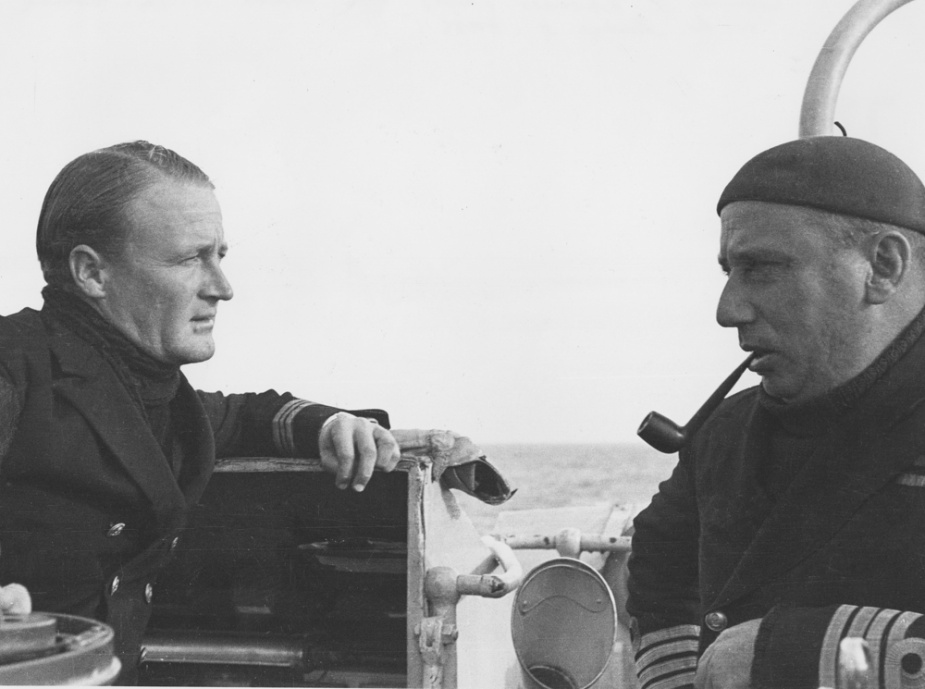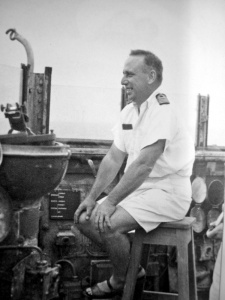Captain Hector ‘Hec’ MacDonald Laws Waller
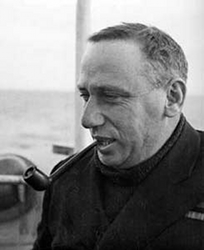
Hector MacDonald Laws Waller was born on 4 April 1900 at Benalla, Victoria, the youngest of ten children of William Frederick Waller, storekeeper, and his wife Helen, née Duncan. Hec was educated at the Benalla Higher Elementary School and was appointed as a Cadet Midshipman in the Royal Australian Navy in early 1914. He entered the RAN College, Osborne House, Geelong (relocated at Jervis Bay, Federal Capital Territory, in 1915). Chief Cadet Captain in his final year, he was awarded the King’s Gold Medal on graduating in 1917. On 1 January 1918 he was promoted Midshipman.
Sent to Britain, Waller was appointed to the battleship HMS Agincourt in the Grand Fleet in April. He transferred to the cruiser HMAS Melbourne in February 1919 and returned to Australia in April. Made Acting Sub Lieutenant in September that year and Lieutenant in March 1921, he went to sea as a Watch-Keeper and undertook professional courses in Britain before joining the staff of the RANC in March 1923. At the Methodist Church, Lewisham, Sydney, on 7 April that year he married Nancy Bowes.
Waller began training as a Signals Officer in England in 1924. He topped the advanced course and in May 1926 took charge of the Signals and Wireless-Telegraphy School at Flinders Naval Depot, Westernport, Victoria.
In 1928-30 he served with the Royal Navy as signals officer in the destroyer leader HMS Broke. A Lieutenant Commander from 1929, he was posted to the flagship of the Australian Squadron, HMAS Australia, as Squadron Signals Officer in July 1930. He continued to specialise in communications, developing an impressive reputation. Promoted Commander in 1934, he was appointed Executive Officer of the RANC, which had been moved to Flinders Naval Depot.
In 1936-37 Waller spent six months with the British Admiralty's Naval Intelligence Division before taking up an exchange posting as Executive Officer of the repair ship HMS Resource. More importantly, in 1937-39 he commanded the destroyer HMS Brazen. This was a learning experience for Waller, who found - as did many other specialists in their first seagoing command - that he needed to develop his shiphandling skills. In a busy fourteen months which included monitoring the Spanish Civil War, he learned his trade well.
After a short stint at Navy Office, Melbourne, in September 1939 Waller was given command of the destroyer leader HMAS Stuart. In December she and her four consorts arrived in the Mediterranean. Derisively nicknamed the 'Scrap-Iron Flotilla' by German propaganda, the Australian ships rapidly made their mark. Waller gained the respect of both the Commander-In-Chief, Admiral Sir Andrew (Viscount) Cunningham, and the Vice Admiral (destroyers), John (Baron) Tovey. The seamanship he displayed in the salvage of the disabled tanker Trocas confirmed their initial impressions. He was appointed to command the 10th Destroyer Flotilla (incorporating the Australian ships) in May 1940 and promoted Captain on 30 June.
By this time Italy had entered the war. The flotilla took part in the battle of Calabria in July. For his “courage, enterprise and devotion to duty”, Waller was awarded the Distinguished Service Order in September. He won a Bar to his DSO for the role played by Stuart in the battle of Matapan in March 1941. The flotilla continued to be prominent in operations off Greece and Crete, and along the North African coast, particularly in the 'Tobruk Ferry' which supplied the besieged fortress. When Prime Minister (Sir) Robert Menzies visited the Middle East that year, Cunningham introduced Waller to him as “one of the greatest captains who ever sailed the seas”.
Twice mentioned in dispatches, Waller returned to Australia in September and next month took command of the cruiser HMAS Perth. In January 1942 the ship was sent to the American-British-Dutch-Australian area to help defend the Netherlands East Indies. The hastily assembled allied naval forces proved no match for the Japanese, and suffered severe losses in the battle of the Java Sea on 27 February. That night Waller withdrew Perth and her sole remaining consort, USS Houston. This action was later criticized by Waller's Dutch superior, Admiral CEL Helfrich, because it contravened his instruction to fight to the last ship. But Waller, of all people, knew the difference between gallantry and suicide and had both the combat experience and the moral courage to make the distinction. There can be no doubt that his action was correct. The following day Perth and Houston attempted to break out of the archipelago but encountered a Japanese invasion convoy and its escort at the entrance to the Sunda Strait. The allied cruisers destroyed at least four transports and a minesweeper, but both were eventually sunk in the early hours of 1 March 1942.
Waller was listed as missing, presumed killed. Survived by his wife and their two sons, he was posthumously mentioned in dispatches. Cunningham wrote that Waller's death was “a heavy deprivation for the young Navy of Australia”. He had been the outstanding officer of his generation. A Collins Class submarine, launched in 1997, was named after him. Joshua Smith's posthumous portrait of him is held by the Australian War Memorial, Canberra.
Source: http://adb.anu.edu.au/biography/waller-hector-macdonald-hec-11945.

